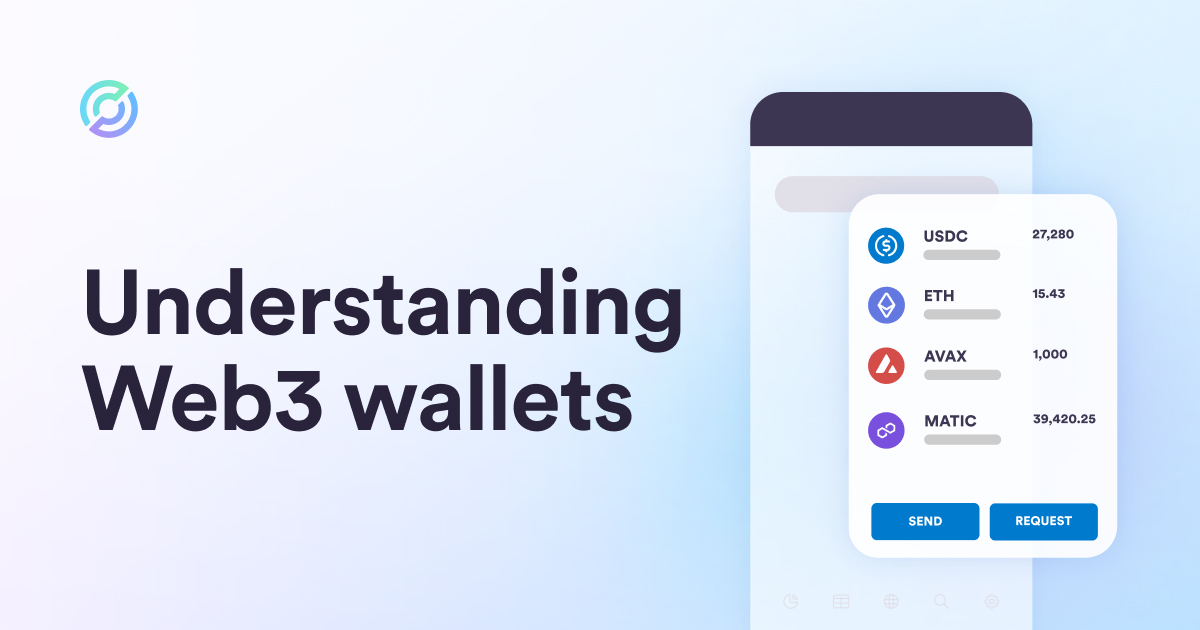What Are Web3 Wallets?
What Is a Web3 Wallet?
Web3 wallets represent a fundamental shift from the traditional wallets associated with Web2. They prioritize user sovereignty and security within the world of decentralized finance. These wallets allow users to directly interact with blockchain networks and decentralized applications (DApps), managing their cryptocurrencies, NFTs, and other digital tokens without reliance on centralized institutions.
How Web3 Wallets Work
Most Web3 wallets are non-custodial, designed to provide users with full control over their digital assets. Unlike traditional banking or centralized exchange wallets, you are solely responsible for managing your seed phrases and private keys. This offers significant freedom but also requires vigilance on your part.
Typically, whenever you create a new Web3 wallet, you will generate a unique seed phrase of 12 or 24 words. This seed phrase is the master key to your wallet, granting total access to your crypto funds and its associated private keys (used to sign and verify transactions). It is absolutely crucial that you never share your seed phrase or private keys with anyone. Consider your seed phrase as the equivalent of a bank vault combination – if someone else has it, they have full control over your assets. To safeguard this sensitive information, store your seed phrase offline in a secure location.
Custodial vs. Non-Custodial Web3 Wallets
1. Non-custodial wallets
Non-custodial Web3 wallets are widely considered the safest option for most traders and investors. Since you're the only person with access to your keys, your assets are less vulnerable to the risks associated with centralized platforms like exchanges. However, this heightened security comes with a caveat: you must diligently protect your private keys and seed phrases. Losing or exposing these can result in the permanent loss of your funds.
2. Custodial wallets
Custodial wallets offer a simplified user experience by entrusting the management of private keys to a third party, often a cryptocurrency exchange. Wallets within platforms like Binance are prime examples of custodial wallets. This model prioritizes convenience; users don't need to directly manage their private keys, making transactions and interactions relatively straightforward.
However, the trade-off with custodial wallets is that you relinquish a degree of control. You are essentially placing your trust in the exchange to secure your assets. It's essential to choose reliable and trustworthy exchanges with a proven track record of security and sound business practices. Should the exchange face hacking, insolvency, or any other unforeseen issue, your assets could be at risk.
Check Out My Latest Blogs:
1- Don't Get Hooked:Crypto Phishing Scams (Great)
2- Demystifying the Portal to Web3: Your Guide to Web3 Wallets (Great)
3- A beginner-friendly guide to sidechains: Everything you need to know about it (Brilliant)
4- How to Grow Your Savings (Brilliant)
5- Trump's CBDC Blockade (Brilliant)
6- Tips to Secure Your Cryptocurrency Holdings (Brilliant)
7- Demystifying NFT Loans: Risks, Rewards, and How They Work (Brilliant)
8- What Is a Hardware Wallet and Why You Should Use It (Brilliant)
9- Trading Psychology: How to Trade Without Emotions (Brilliant)
10- Five Risk Management Strategies (Brilliant)
11- Pyramid and Ponzi Schemes (Brilliant)
12- What Is Phishing and How Does It Work? (Brilliant)
13- How to Mine Cryptocurrency? (Brilliant)
14- What Are Modular Blockchains? (Brilliant)




























